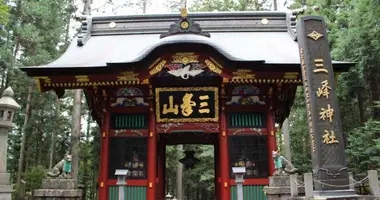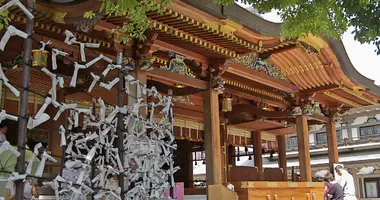Tennoji Temple Tokyo: A historic Buddhist sanctuary in Yanaka
- Published on : 27/06/2024
- by : Japan Experience
- Youtube
Tennoji Temple stands as a venerable Buddhist sanctuary in Tokyo's picturesque Yanaka district. Founded in 1274, it is the oldest temple in the area, offering visitors a glimpse into Japan's rich religious heritage. Situated on the edge of Yanaka Cemetery, this Tendai sect temple combines ancient traditions with modern elements, creating a unique spiritual experience in the heart of Tokyo. From its bronze Buddha statue to its role in Edo-period lotteries, Tennoji Temple tells a fascinating story of resilience, faith, and cultural significance.
The history and origins of Tennoji Temple
Tennoji Temple's history dates back to the late Kamakura period. Originally named Choyosankannoji-sonjuuin (長耀山感応寺), it was established in 1274 to house a Buddha statue carved by the nationalist sage Nichiren. The temple's journey through time reflects the changing religious landscape of Japan:
1. In the late 17th century, the Shogunate closed Tennoji due to alleged heresy.
2. It reopened in 1699 as a branch of the massive Kan'eiji Temple in nearby Ueno, adopting the Tendai sect of Buddhism.
3. Upon becoming a Tendai temple, Tennoji became the seat of Bishamonten, considered a god of resources and bravery in Japan.
This rich history has made Tennoji a significant cultural landmark, bridging Tokyo's past and present.
Architectural features and notable attractions
Tennoji Temple's architecture blends traditional elements with modern design, creating a unique visual appeal. Key features include:
1. A tasteful wall of modern design enclosing the temple grounds.
2. Simply but beautifully landscaped grounds, offering a serene atmosphere.
3. The large bronze Buddha statue, serving as the focal point of the temple.
4. Cherry trees that draw crowds during spring, adding to the temple's aesthetic charm.
The temple's layout and design provide visitors with a peaceful retreat from the bustling city, while still maintaining its historical significance.
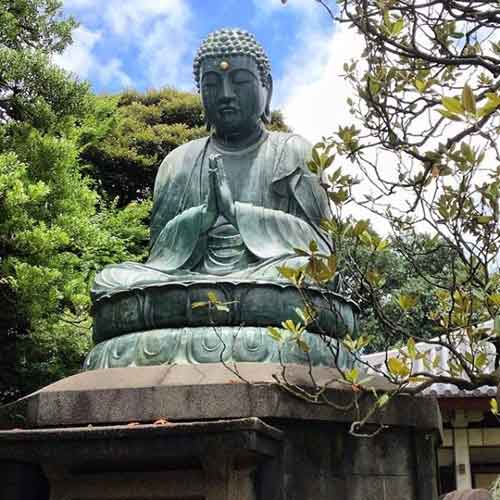
Bronze Buddha, Tennoji Temple, Yanaka, Tokyo
The famous bronze Buddha statue and other religious artifacts
The centerpiece of Tennoji Temple is undoubtedly its famous bronze Buddha statue. Known as the "Tennoji Daibutsu" by locals, this impressive artifact has a rich history:
1. Constructed by Ota Kyuemon in 1690.
2. Located to the left of the entrance gate.
3. Survived the civil war of 1868, adding to its legendary status.
In addition to the Buddha statue, Tennoji is home to a shrine housing the image of Bishamonten, one of the Seven Gods of Fortune. This makes Tennoji an important stop on the Yanaka Seven Gods of Fortune pilgrimage route, being the only temple of the seven actually located within Yanaka itself.
Tennoji Temple's connection to Yanaka Cemetery
Yanaka Cemetery, which surrounds Tennoji Temple, shares a deep historical connection with the temple:
1. The cemetery was originally part of Tennoji's premises.
2. During the Meiji Restoration, the government confiscated the cemetery to facilitate Shinto funerals, making it public.
3. This move was part of a larger policy to separate "imported" Buddhism from "native" Shinto.
4. Despite the separation, the cemetery and temple remain closely linked in the cultural landscape of Yanaka.
The cemetery adds to the area's historical significance, housing over 7,000 graves, including that of Tokugawa Yoshinobu, the last Shogun of the Edo Period.
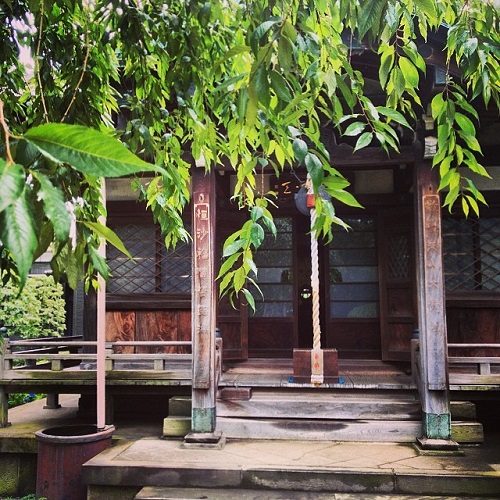
Shrine housing Bishamonten image, Tennoji Temple, Yanaka, Tokyo
Cultural significance and historical events
Tennoji Temple has played a significant role in Tokyo's cultural and historical narrative:
1. Tennoji Lotteries: During the Edo Period, Tennoji was one of the few temples permitted to hold lotteries for fundraising. From 1728 to 1842, it was the only temple in Tokyo allowed to do so, making it a popular destination for townsfolk.
2. Five-storied Pagoda: A 35-meter, five-storied pagoda, dating from 1908, once stood in what is now Yanaka Cemetery. In 1957, it was tragically burnt down in a lovers' suicide pact. Today, only the granite foundations remain, serving as a poignant reminder of the past.
3. Cherry Blossom Avenue: The road leading to the temple, now part of Yanaka Cemetery, was once a bustling area of commerce and entertainment during lottery events. Today, it's known for its beautiful cherry blossoms in spring.
These events have shaped Tennoji's identity, making it a unique blend of spiritual significance and historical intrigue.
Visiting Tennoji Temple: Access and nearby attractions
Accessing Tennoji Temple is relatively straightforward:
1. The nearest station is Nippori Station, served by several lines including the JR Yamanote Line, Joban Line, Keihin-Tohoku Line, and the Nippori-Toneri Liner.
2. The temple is located at 7-14-8 Yanaka, Tokyo, 110-0001.
3. Admission to Tennoji Temple is free.
Nearby attractions include:
1. Anryuin Temple: A small, picturesque temple just south of Tennoji.
2. Asakura Sculpture Museum: Located a little west of Tennoji.
3. Yanaka-Ginza: An old-style shopping street further west, perfect for experiencing local culture.
These nearby sites make Tennoji an excellent starting point for exploring the charming Yanaka district.
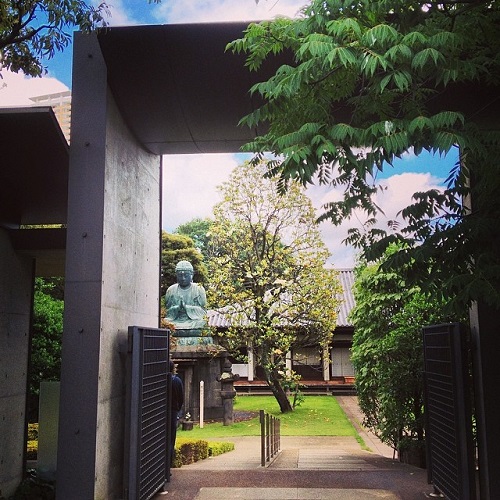
Gate of Tennoji Temple, Yanaka, Tokyo
The role of Tennoji Temple in modern Tokyo's spiritual landscape
In contemporary Tokyo, Tennoji Temple continues to play a vital role in the city's spiritual and cultural fabric:
1. It serves as a reminder of Tokyo's rich Buddhist heritage amidst the modern cityscape.
2. The temple provides a tranquil space for reflection and spiritual practice in the bustling metropolis.
3. As part of the Yanaka district, Tennoji contributes to preserving the atmosphere of "Old Tokyo" or "Shitamachi."
4. It remains an important stop on the Seven Gods of Fortune pilgrimage, maintaining traditional religious practices.
5. The temple's blend of historical significance and modern elements makes it a unique destination for both locals and tourists seeking to experience Tokyo's diverse religious landscape.
Tennoji Temple stands as a testament to the enduring nature of spiritual traditions in the face of rapid urban development, offering visitors a glimpse into the soul of old Tokyo while remaining relevant in the contemporary world.


















